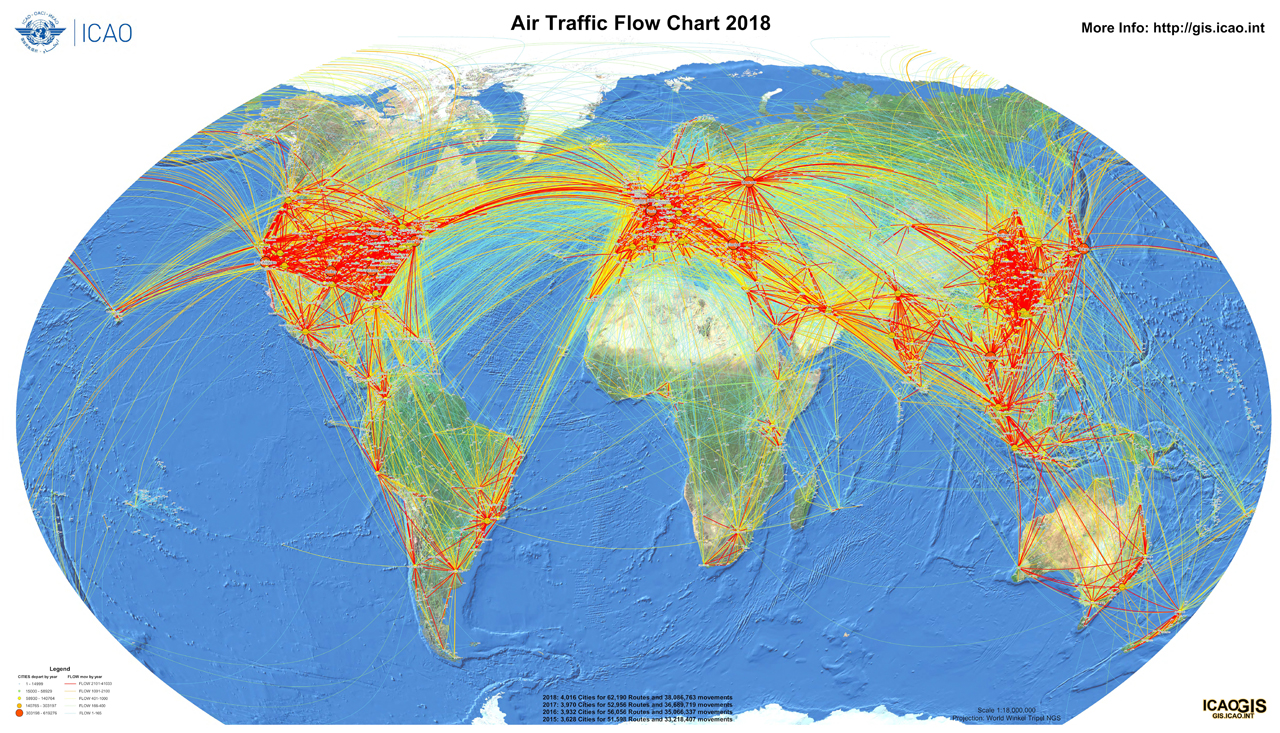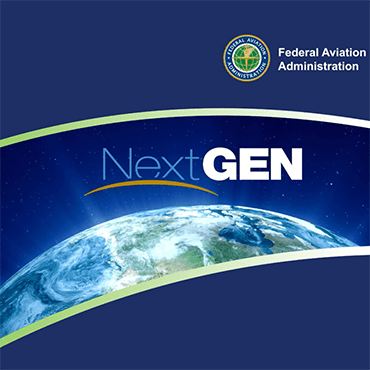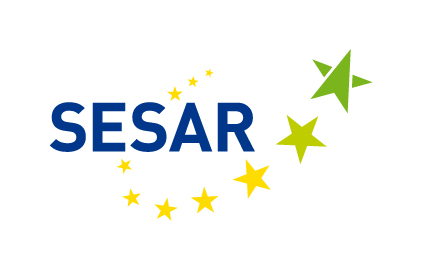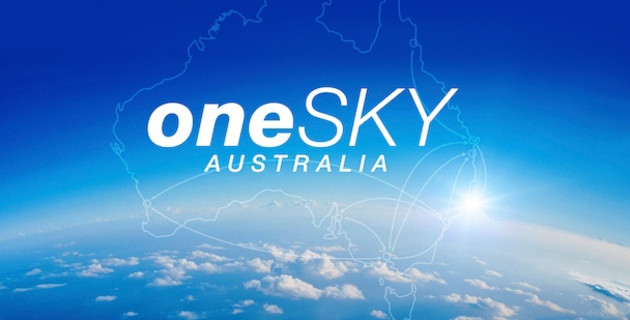Aviation | Emerging Issues | Air Traffic Management

Air Traffic Management (ATM)
Considering the air traffic growth over the last 30 years or more and the expected continued growth in the future, air traffic management (ATM) system modernization is necessary. For that purpose, several large-scale scale initiatives such as NextGen in the United States, SESAR in Europe and CARATS in Japan have been launched with the objective of moving toward performance-based navigation that will provide safe, secure, efficient and environmentally sustainable air transport system into the 2030s and beyond. These large scale programmes have included meteorology, each in a different manner. In all cases, advanced meteorological information and services have been considered as one of the essential enablers for such improvement of the ATM system.

A description of such large scale ATM modernization programmes and others now follows:
Jump to: NextGen | SESAR | CARATS | CMATS | NSS
 NextGen (United States)
NextGen (United States)
The United States' Next Generation Air Transportation System (or NextGen) programme is a multi-department effort aimed at increasing capacity and reliability in the National Airspace System (the NAS), improving safety and security, and minimizing the environmental impact of aviation. Primary leadership for the weather component falls to the Federal Aviation Administration (FAA) as the Meteorological Authority for aviation weather. The FAA depends on the National Weather Service (part of the National Oceanic and Atmospheric Administration or NOAA) to provide meteorological products and services, but the FAA also has weather programmes in development for NextGen. This section summarizes FAA and NOAA contributions to NextGen weather.
To support the aviation weather needs of the NextGen era, the FAA has developed an architecture to provide specific, consistent products and services to operators and air traffic management. Components of this architecture include the NextGen Weather Processor (NWP), the Aviation Weather Display (AWD), Common Support Services - Weather (CSS-Wx). The NWP ingests information from numerous observation platforms and numerical forecast models, provides a consistent weather picture from the sources, and translates that weather picture into airspace constraints for integration into air traffic decision-making. The AWD consolidates weather information from various displays into a single display. CSS-Wx ensures products from both the FAA NWP and from NOAA are available to and useable by FAA systems.
The FAA NWP focuses on aviation-specific products such as precipitation and echo-top mosaics, microburst and terminal wind analyses, and dedicated air traffic decision-making products. Underlying many of these products are observations and forecasts from NOAA. These include numerical forecast model output, forecasts of atmospheric turbulence and icing, alphanumeric products such as METAR, TAF and pilot reports, and satellite imagery. To support the NextGen weather effort, NOAA/NWS has launched a number of efforts to improve dissemination, provide digital aviation services (improves consistency), enhance observational capability (expand ceilometer range), and provide near-real time verification of weather elements important to aviation (meet FAA quality management requirements).
Learn more about NextGen here.
 SESAR (Europe)
SESAR (Europe)
SESAR is one of the largest programmes in the world for ATM modernization. Its acronym stands for ‘Single European Sky Air Traffic Management Research’. It was set up in 2004 to modernize and harmonize ATM systems through the definition, development and deployment of innovative technological and operational solutions with the aim of implementing the Single European Sky regulation package from a technological point of view. After a first 9-year research and development phase (SESAR1), the programme has been conducting a deployment phase aiming at implementing technological solutions validated in SESAR1, in parallel to a second R&D phase called SESAR2020.
In the first phase of the programme, SESAR1 (2008-2016), meteorology was addressed mainly under Work Package 11.02 ‘Meteorological Information Services’, with the aim of bringing dedicated MET expertise, technology and information to the programme.
Meteorological (MET) information is currently available in several message formats and also in the form of maps or charts and plain text. Although end users are accustomed to these formats, they limit the opportunity to use the data effectively and more automated, for example to prioritize key information or highlight relevant weather phenomena. Besides format issues, access to more accurate and higher-resolution MET information data can assist decision making when it comes to flight planning, resource planning and route planning, and can help to avoid unnecessary delay.
SESAR WP11.02 has developed a platform by which meteorological information generated by European meteorological service providers can be seamlessly made available and therefore integrated by stakeholders in the form of SWIM compliant information services; this is known as the four-dimensional weather cube (4DWxCube). The 4DWxCube is a (virtual) repository of shared, consistent and translated meteorological information, produced by multiple meteorological service providers (METSPs) and made available to stakeholders via its system-wide information management (SWIM) compliant MET-GATE. This platform has been registered as Solution #35 within the SESAR (technological) Solutions catalogue.
Sharing this MET information and its integration within the air traffic management decision-making process enables airspace users, airports and air navigation service providers to stay up to date with the latest weather situation, and to plan accordingly and effectively for the weather to come in the next few hours up to several days. The meteorological information exchange uses SWIM to enable seamless interchange of meteorological data with different partners, and involves SWIM-compliant services such as legacy products (METAR/TAF/SIGMET) and new ones such as hazardous weather (convection, turbulence, icing) developed under the scope of this solution.
The SESAR Technological Solution has been validated through a series of validation activities under the leadership of a number of operational projects. The MET Information was verified during its initial development against observations, while in the validation exercises this information was generally used to support the tactical decisions being trialed. WP11.02 contributed also to some Large Scale Demonstration (LSD) exercises or events, such as TOPMET/TOPLINK, the SWIM Master Class and the SWIM Global Demo.
Qualitative analysis of the results of MET contribution to these validation exercises and Large Scale Demonstrations show that the use of enhanced MET products in future ATM will bring significant added value for end users and it has potential to increase the predictability of mission trajectory, improve situational awareness of all stakeholders, and improve flight efficiency. The use of the weather information that is tailored, consistent and shared between all users has been shown to have a positive effect on the safety, capacity and fuel efficiency of aviation in Europe.
During the development of the SESAR Solution regular liaison with international bodies regarding international MET, including EASA and ICAO has been maintained. These bodies are fully aware of the development work currently ongoing both in Europe and the US with a view to understanding how this may impact future regulatory frameworks ensuring global interoperability. This solution builds on ICAO Annex 3 standards and recommended practices, EC 216/2008, EU 1035/2011 and contributes to the definition of future Rules and Standards for MET service provision. It should however be recognized that current Regulation (e.g. Annex 3, EC216/2008) is based on a State- or FIR-oriented approach to MET service provision. With the capabilities developed related to the 4DWxCube and harmonized/consolidated services, this may need to be revisited at the level of ICAO and EC/EU. The ICAO Meteorology Panel is working on such a revisited model for MET service provision.
As a summary, the two main MET requirements that raised and were grounding the work in SESAR1 WP11.02 are:
- The MET information shall be consistent in time and across the different European aviation users’ environments: the MET services shall provide a unique and consistent vision of the present state of the atmosphere and of its future evolution;
- One single SWIM-compliant access point for MET information shall allow users to access this consistent MET information. Benefits to the ATM community would be:
- Guarantee a consolidated view of the observed and forecasted MET situation.
- Hide the complexity of the MET system infrastructure
- Facilitate the integration of MET in ATM systems (B2B)
This solution #35 is now in the pipeline for delivery. The initial 4DWxCube and underpinning capabilities such as consolidated European Hazardous Weather information service provision will be deployed as part of initial SWIM, in accordance with the European Union Implementing Regulation EU n°716/2014 adopted by the EC in June 2014, also known as the Pilot Common Project.
The Pilot Common Project aims at organizing and facilitating the implementation of the European ATM Master Plan, and in this aim, defines six main ATM functionalities (AF) to be implemented. One of those functionalities, the “AF5 - initial SWIM”, includes meteorological information exchange requirements. The SESAR Deployment Programme provides the related ATM technological implementation plan by and for industry describing how to get organized to ensure synchronized, coordinated and timely PCP implementation. The “AF5 – initial SWIM” functionality is detailed in this program and includes Family 5.4.1 for ‘Upgrade/Implement Meteorological Information Exchange system/service’
Some of the NMSs involved in SESAR1 WP11.02 are now contributing to four SESAR deployment projects that intend to industrialize and deploy for operational use the technical solutions that were prototyped in SESAR1:
- Project n°IP067 for a ‘European Weather Radar Composite of Convection Information Service’;
- Project n°IP068 for a ‘European Harmonised Forecasts of Adverse Weather (Icing, Turbulence, Convection and Winter weather)’;
- Project n°IP069 for a ‘European MET Information Exchange (MET-GATE)’; and
- Project n°IP137 ‘European Meteorological Aircraft Derived Data Center (EMADDC)’.
Other deployment projects led by a NMS or an ANSP also have a MET component. The majority of these are aimed to implement (I)WXXM and SWIM components.
In parallel to the SESAR Deployment activities, the second phase of the SESAR Research and Innovation program known as SESAR2020 was launched in 2015 after the European Parliament voted in June for a 8-year SESAR Joint Undertaking’s extension and a financing of this extension partly under the Horizon2020 program. SESAR2020 is split into three main parts: Exploratory Research, Industrial Research and Validation, and Very Large Scale Demonstrations. Accordingly, the work breakdown structure contains several projects under each of these three parts that address the SESAR Key Features: High Performing Airport Operations, Optimized ATM Network Services, Advanced Air Traffic Services, Enabling Aviation Infrastructure.
As neither the European National Met Services nor EUMETNET EIG are official SESAR partners, the contribution on meteorology to the Industrial research and VLSD parts of the programme has to be done through partnership with any industrial or air navigation provider involved in individual projects. Through this partnership, the MET community would attempt to ensure that meteorology is taken into account at an early stage of the projects for the design of the prototypes/solutions that use MET information, for the definition of MET requirements and in the validation exercises, for a better integration of MET information into ATM decision-support or aid systems.
Learn more about SESAR here.
 CARATS (Japan)
CARATS (Japan)
CARATS was established in September 2010, to develop, maintain, and facilitate its implementation of long-term vision for future air transportation system until 2025, with a variety of members from government, industry, and academia. CARATS has its steering committee and working groups for detailed discussion in the relevant field, such as ATM, AIM, PBN, and MET.
CARATS have seven domain goals relating improvement of safety and efficiency. In order to establish it, CARATS has a number of task for renovation of ATS systems, such as implementation of trajectory-based operations (TBO) and enhancement of performance-based navigation (PBN).
CARATS has identified eight directions for renovation of ATS system: TBO, improved predictability, PBN, satellite navigation, improved situation-awareness, maximized human and instrument capability, information sharing and CDM, and high density operation in/around congestive aerodromes/air space. Advanced meteorological information and services are considered as one of the essential enablers for such improvement.
In a CARATS Meteorology Working Group, the following items have been discussed:
- Sharing MET information via SWIM, including IWXXM.
- Meteorological Database.
- Improved observations, including Himawari-8 products.
- Improved forecasts, including high-resolution NWP, probabilistic forecast and aircraft observation assimilation.
- MET Integration to ATM decision making support system.
- Utilization of aircraft observation data via data link.
Some of these items have been implemented already, while others may be implemented in the future subject to the requirements and capabilities.
Learn more about CARATS here.
 CMATS (Australia)
CMATS (Australia)
CMATS (Civil-Military ATM System, Australia) was initiated in 2015 as a successor to TAAATS (The Australian Advanced Air Traffic control System). By 2021 CMATS is intended to deliver the most advanced integrated (civil-military) air traffic control system unified under ‘OneSKY’ for Australia, providing new levels of operational and cost efficiency and improved safety through a shared situational awareness for civil and military controllers, use of common data, new safety nets and alerts, and greater information security. From a meteorological perspective, the Australian Bureau of Meteorology is an embedded part of a CMATS center in Canberra.
Learn more about OneSKY and CMATS here.
 New Southern Sky (New Zealand)
New Southern Sky (New Zealand)
New Southern Sky (NSS) is the plan to modernize New Zealand’s airspace and air navigation system. It outlines the practical steps required to make an effective transition to the use of next generation technologies, manage airspace as demand increases, and to enhance aviation safety and efficiency over ten years (from 2014).
Important aspects of the plan include improved efficiency of air traffic movements by transition to performance-based navigation (PBN), and more accurate navigation and reduced reliance on ageing ground based systems by transition to ADS-B technology. These and other changes will be supported by enhancements to aeronautical information systems. Remaining paper-based aeronautical information will be incorporated into digital systems that can also integrate weather data, which will be supplied in the IWXXM format. It is aimed to have aeronautical and meteorological information available in real time to all participants in the system - on the ground and in the air.
Learn more about New Southern Sky here.
CLICK HERE to return to our homepage
